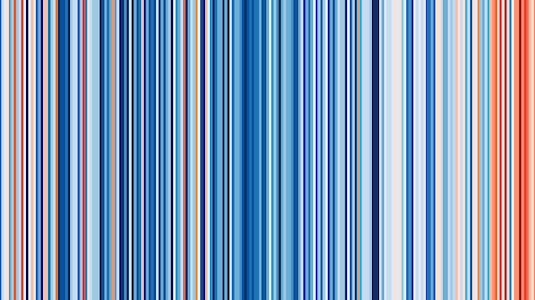Green Museums: Climate Protection and Climate Beauty at the MAK
In an inspiring essay, Christoph Thun-Hohenstein, General Director of the MAK, explains how climate protection can become an opportunity for all of us to shape an ecologically and socially sustainable climate modernity comparable to the time around 1900, and what role art and culture can play in this.
1. welcome to the climate modernity!
Austria and Vienna have the chance to become one of the cradles of a new modernity, as they were around 1900. Back then, it was the comprehensive confrontation with the industrial age and its enormous impact on all areas of life, but in the coming years it will be about shaping an ecologically and socially sustainable climate modernity. As in 1900, art and culture can and must play a major role in this process. However, this will only succeed if not only the economy and society and each and every one of us, but also art and culture undergo a radical change and, above all, contemporary museums become model institutions of climate modernity.
The term climate modernity means that addressing the overall climate and environmental crisis, including its social aspects, is the clear priority of our age. Climate modernity requires not only effective climate protection, but also the preservation of the Earth's ecosystems and biodiversity, because just as rapid climate change, ecosystem destruction and alarming species extinction are intertwined, measures to address these mega-challenges reinforce each other. To achieve this, we need all the levers at our disposal and must therefore also consistently use digitalization, in particular, as a driver of innovation to tackle the overall climate and ecosocial crisis.
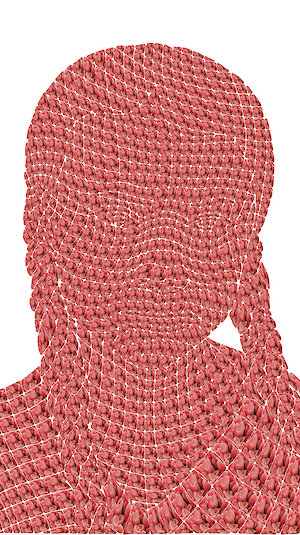
2. climate beauty
It is scientifically proven that beauty makes us better human beings, be it through the contemplation of works perceived as beautiful or the contemplation/use of buildings whose visual appearance contributes to an enhancement of the respective environment and the social interaction within it. The concept of climate beauty that I have developed establishes a connection between beauty and the climate as a particularly valuable commodity for humanity. Climate beauty means the claim of a society to create a lasting balance to the earth through ecologically and socially sustainable economy and lifestyles in appreciation of other species and the ecosystems and thus to limit global warming in the sense of the Paris Agreement. The goal is a sustainable quality society based on clear values, respecting the needs of other species and future generations, functioning as much as possible in biological and technical cycles. With this image of climate beauty in mind, we will reflect more on which of our actions and consumption choices contribute to climate beauty and which are detrimental to it.
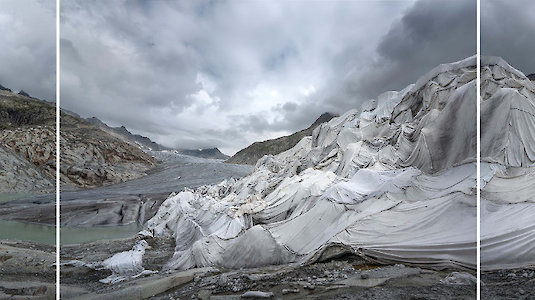
3. three pillars of the MAK sustainability strategy
The MAK has always had its finger on the pulse of the times. Even in the past, it has pursued the goal of taking up socially explosive debates and addressing them with broad impact. Today, climate modernity demands a new focus. The three pillars of its sustainability strategy built up by the MAK in recent years reach a new quality in 2021:
First pillar:
The sustainable reduction of the MAK's CO2 footprint, which has been pursued for years, is officially recognized by the attainment of the Austrian Ecolabel, which increases the credibility of the museum with regard to the VIENNA BIENNALE FOR CHANGE 2021. This is also an incentive to pay even greater attention to sustainability in all future building projects and in the performance of all museum functions, including events. At the same time, it is important to roll out the topic internally and to sensitize and win over all employees for climate and environmentally friendly behavior. It would also be desirable to have a joint calculation tool for the federal museums for calculating CO2 emissions, which would be one of the prerequisites for setting a target year for achieving climate neutrality. To this end, the MAK has just launched a pilot project with the BOKU (Competence Center for Climate Neutrality), in which a concrete CO2 emissions calculation will be made for the MAK's large CLIMATE CARE exhibition on display at the VIENNA BIENNALE FOR CHANGE 2021. This CO2 emission calculation is of great relevance for the subsequently targeted calculation of the museum's total CO2 emissions. MAK has set itself the ambitious goal of becoming climate neutral by 2030.
Second pillar:
In terms of content, the MAK is now among the world leaders in addressing the overall climate and ecosocial crisis, as also evidenced by international awards (such as silver at the last Milan Triennale in 2019). The VIENNA BIENNALE FOR CHANGE in particular opens up new dimensions for the MAK to contribute to climate modernity with high-profile projects by international and domestic designers, architects and artists, and through novel cooperation formats with science and business. The MAK DESIGN LAB and the associated MAK LAB APP are a new standard-setting basis for ambitiously further developing the mediation work on the major ecological-social issues. Since 2020, the MAK has also been working on the transformative potential of design in connection with artificial intelligence.
Third Pillar:
MAK's civic engagement through environmental activism will continue to expand in 2021, including increased collaboration with climate change initiatives such as the Breathe Earth Collective, Climate Impact Day, Climate-KIC/Climathon, and Museums for Future.
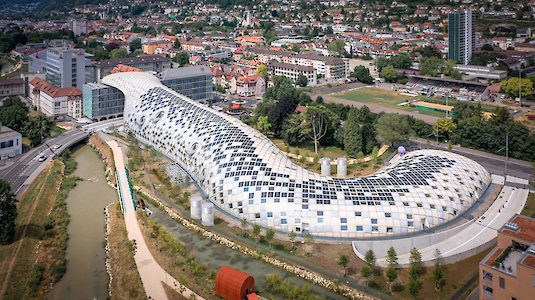
4. new art/design/architecture leaders of climate modernism.
Some will remember the so-called design ladder, adapted from the Danish-Swedish model in the 2000s also for Vienna, which provides four levels for design: Non-design, design as shaping and prettification, design as a process used early in product development, and finally, as the highest level, design as strategy. Today, a new "art/design/architecture ladder" is needed that presents the potential role of these divisions in shaping climate modernity in four stages. While the design ladder was conceived in a fundamentally value-neutral way, the art/design/architecture ladder I developed for climate modernity is about key values of the future.
Not all artists and creatives, nor art/design/architecture museums, are equally capable of creating content relevant to climate modernity and putting it up for discussion. But all can strive to pay more attention to this most important issue of the 21st century; this includes non-art museums and non-collecting arts and cultural institutions. With this in mind, the following ladder is intended as an stimulus and encouragement to climb higher.
First step:
BUSINESS AS USUAL
Art/design/architecture museums and art makers/creators do business as usual, even as they are aware of the overall climate and ecosocial crisis.
Second stage:
ARTISTIC/CREATIVE CRITICAL REFLECTION
Art/design/architecture museums and art practitioners/creatives occasionally address issues of climate modernity, but do not make them central to programming and artistic/creative work.
Third stage:
ARTS-FOR-CLIMATE AS PROGRAM.
Art/design/architecture museums and artists/creatives recognize the overall climate and ecosocial crisis as the greatest challenge of the 21st century and develop structured programming and artistic-creative work on key issues of climate modernity. Certification with an Ecolabel such as the Austrian Ecolabel enhances the credibility of art/design/architecture museums at this level.
Fourth Stage:
ARTS-FOR-CLIMATE AS A STRATEGY.
Artists/creatives and art/design/architecture museums are convinced that the overall climate and eco-social crisis as the greatest challenge of the 21st century can only be overcome with a holistic approach and that the arts have an essential role to play in this. On this basis, they decide to focus on climate modernity and develop forward-looking series of works and novel, solution-oriented collaborative formats with other art disciplines and with other socio-political forces, especially science, research & technology, business, media and civil society. They do this with the greatest possible diversity of knowledge, experience and perspectives with the aim of jointly developing and presenting groundbreaking impulses for climate modernity and making them open-source accessible. As at the third level, certification with an Ecolabel such as the Austrian Ecolabel increases the credibility of art/design/architecture museums at this level as well.
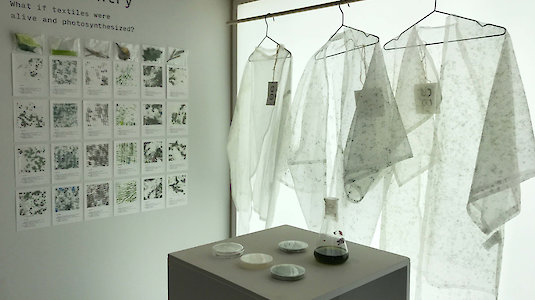
5. green museums active hope
Right now we need strong art and boundless creativity instead of business as usual. Right now, the right ecologically and socially sustainable future mindset is needed everywhere to convey a spirit of optimism in the climate modern era and spur people to participate. Museums, especially art museums, should take on a pioneering role as green museums of active hope by not only providing people with eco-social literacy, but also by inspiring them to participate in shaping climate modernity and mobilizing them - in the sense of active hope - to actively commit themselves to it.
The MAK sees this as its central mission. The competence and agility with which the MAK is involved in shaping climate modernity will determine its relevance as a museum and center of ideas for a long time to come.
Author: Christoph Thun-Hohenstein, General Director of the MAK - Museum of Applied Arts, Vienna
